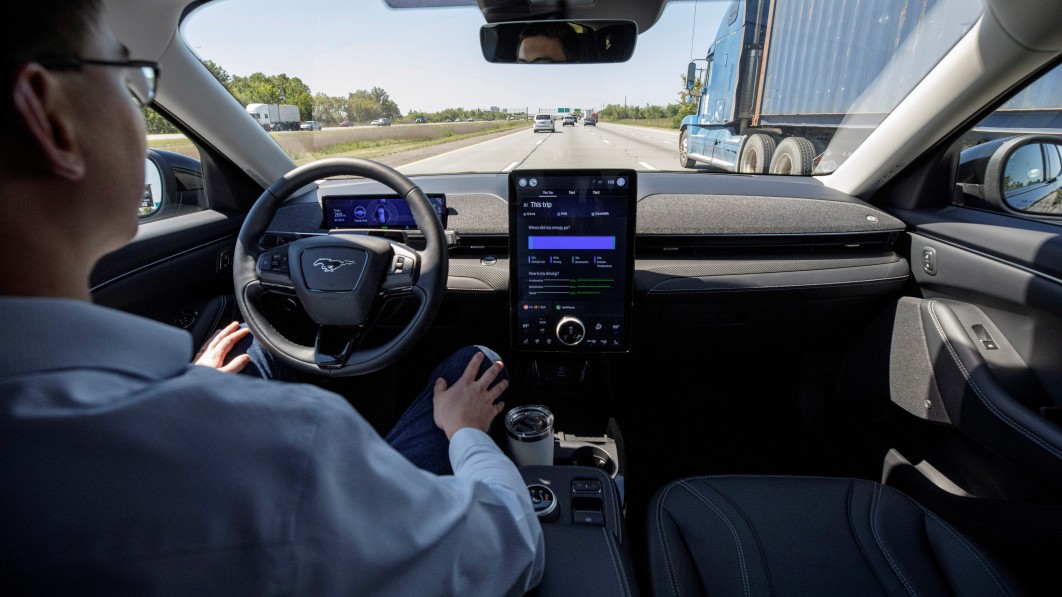Autonomous vehicles are a long way off, but automakers have plenty of tech to keep us distracted in the meantime. Features like Ford’s BlueCruise and General Motors’ Super Cruise offer hands-free driving and some semi-autonomous features like lane change assists. The number of such systems is growing rapidly, and Consumer Reports
recent research shows that they aren’t all created equally, as the publication
crowned Ford’s system the best of the bunch.
Since last year’s study, CR has added three new systems to its testing: Jaguar/Land Rover, Lucid, and Subaru. Hyundai and Nissan’s systems were updated for the new model year, bringing CR’s testing pool to 17 vehicles. Tesla, a pioneer of such technologies, dropped a spot on the list as Nissan’s revised ProPilot Assist 2.0 system earned better marks in testing.
General Motors’ Super Cruise system came in second in CR’s rankings, a welcome sign as the automaker expands its availability across more brands and models. Hyundai’s Driving Assist 2 system climbed 12 points after a recent update. The publication cites its improved lane-centering capabilities as a driving factor in its ascent, saying that the new system does a much better job at avoiding the “ping-pong” effect between the lines. That said, the system only ranks 11th.
The full rankings include:
- Ford/Lincoln BlueCruise: 84
- GM Super Cruise: 75
- Mercedes-Benz Driver Assistance: 72
- BMW Driving Assistance Professional: 69
- Toyota/Lexus Safety Sense/Safety System: 65
- Nissan/Infiniti ProPilot Assist 2.0: 63
- VW/Audi Travel Assist/Adaptive Cruise Assist: 62
- Tesla Autopilot: 61
- Lucid Highway Assist: 59
- Rivian Highway Assist: 59
- Hyundai/Kia/Genesis Highway Driving Assist 2: 59
- Subaru Adaptive Cruise with Lane Centering: 59
Consumer Reports tested vehicles at its test center and on a 50-mile loop on public roads. The systems were rated in 40 tests, including steering, speed control, and driver distraction. CR
